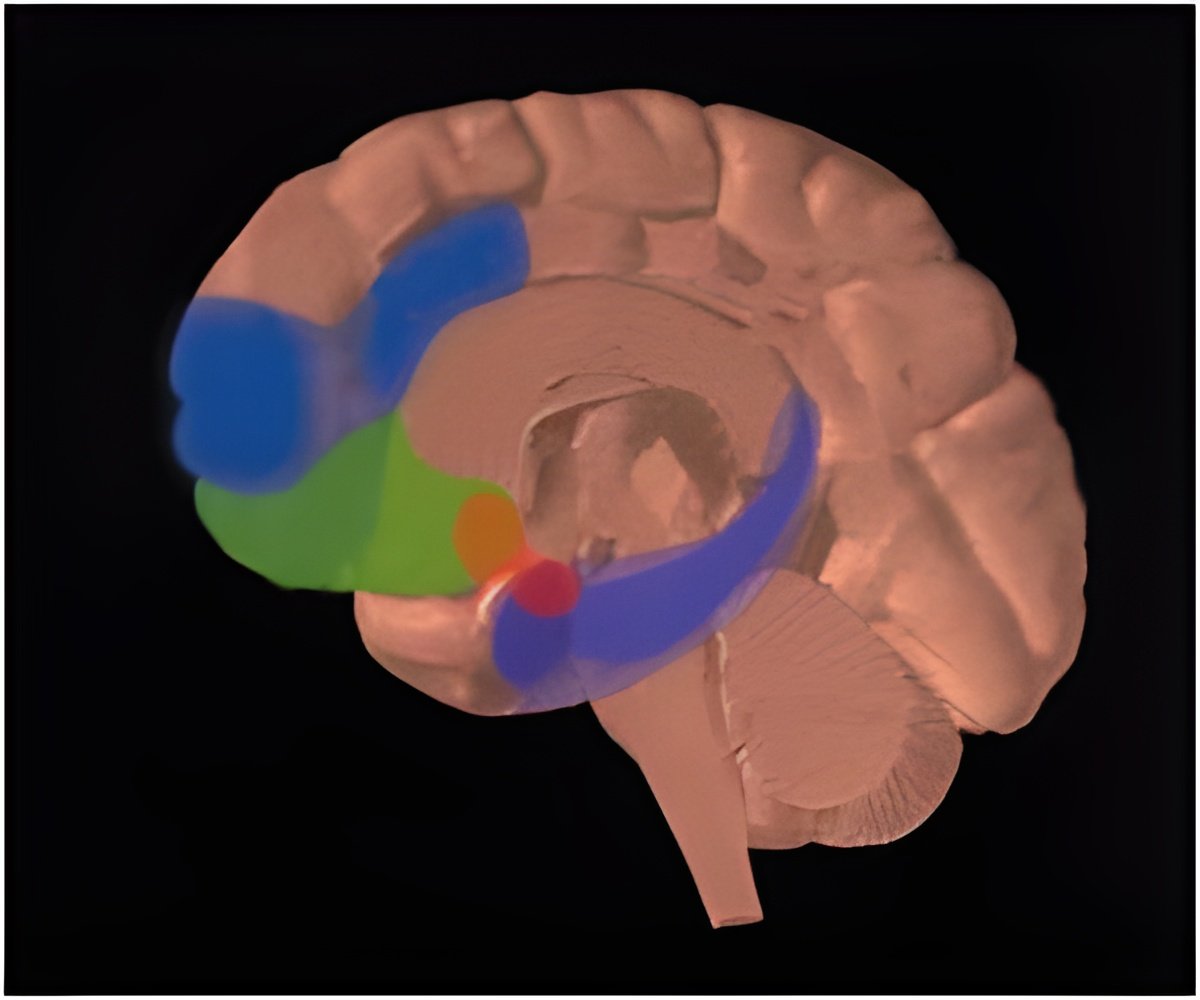A joint study is hoping to shed light on the function of a specific area of the brain located halfway between the visual and the semantic analysis.

In other words, scientists until then had thought that such brain area represented objects mainly according to their visual properties (such as, for instance, shape), while the new studies claimed that the meaning of the objects had in this case a predominant role.
Zoccolan analyzed the electrophysiological data he gathered on primates a few years ago, while he was working in the laboratory of James DiCarlo, at MIT in Boston. The data have been processed employing various machine-learning computational techniques, including a clustering algorithm recently developed by Zecchina's team. Such analysis methods have helped verify whether the categorization of the objects in the IT occurred according to hierarchies based on the similarity at the level of shape or at the level of meaning. In short, we asked ourselves if for the IT an orange looked more similar to a ball children play with (they are both round) or to a banana (they both belong to the 'fruit' category).
"Our data indicate that most objects are categorized according to their visual similarity, while semantic membership seemed strongly represented only in the case of a specific class of objects: four-legged animals," explains Zoccolan. "The traditional IT model, considered as the area which encodes mainly visual information, remains still valid although our study does not rule out the notion that certain semantic classes which are particularly relevant to primates may be also represented here."
"Besides this confirmation we have also observed something unexpected", adds Zoccolan. "It has been known for a long time that the IT is a processing station of complex information, " explains the scientist, "basically, the most advanced stage of visual information processing, where objects are categorized explicitly, which means that the entire structure of complex objects, rather than single parts of them, is encoded. What we have observed instead is that the IT retains also a 'raw', lower-level coding, for instance whether an object's color is dark or light, if it's big or small, and so on. This is basically an innovative assumption that changes our interpretation of the inferotemporal area's function."
Advertisement










